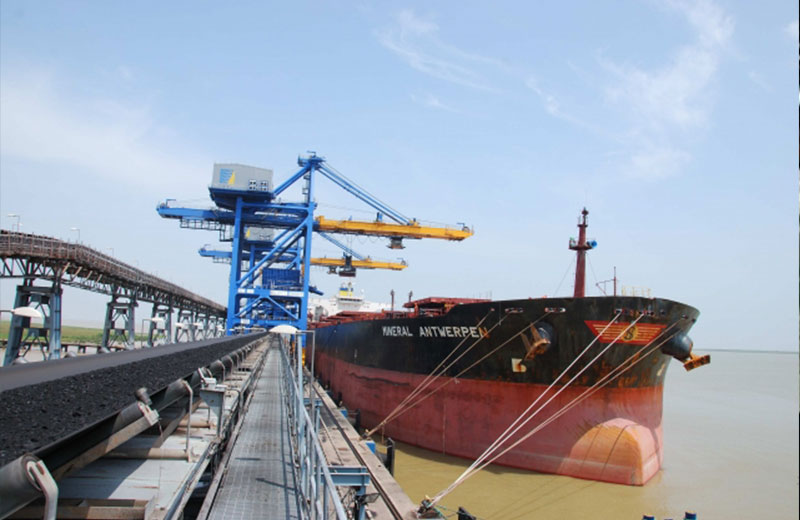[vc_row][vc_column][vc_column_text]
Dhamra Port Company Ltd (DPCL), a fully owned subsidiary of Adani Ports & Special Economic Zone (APSEZ), is keen to play the role of anchor tenant in the Special Investment Region (SIR) planned by the Odisha government at Dhamra.
The SIR is planned across 7,500 acres of land.
“We are eager to play the anchor tenant’s role for the proposed investment region. DPCL has already communicated its intent to the state government,” said a source familiar with the development.
The cost of developing infrastructure for the proposed zone is pegged at Rs 3,100 crore. Of this, the Government of India is set to contribute Rs 1,844 crore while the balance Rs 1,256 crore will be borne by the state government The zone is planned on 7,500 acres of land.
The master plan for this port-based manufacturing zone is being prepared by PricewaterhouseCoopers (PwC).
Pilot project has been approved by the Department of Economic Affairs, Government of India as port based manufacturing zone under PPP (public private partnership) for Regional Integrated Development of Enterprises. It is envisioned as an economic hub for port based manufacturing enterprises in the Asia-Pacific region.
Dhamra is identified as one of the three key manufacturing hubs by the state industries department along with Kalinganagar and Paradeep.
Dhamra is home to a non-major port run by APSEZ, part of the Adani Group, which had DPCL for Rs 5,500 crore.
Currently, the port is equipped with two fully mechanised berths with a combined cargo handling capacity of 25 mtpa. The two berths are capable of handling 12 million tonne of imported dry bulk cargo and 13 million tonne of cargo for exports. The port commenced commercial operations in May 2011.
Aiming to diversify its cargo base, DPCL had lined up Rs 10,000 crore expansion plan to ramp up its cargo handling capacity four fold to 100 million tonne per annum (mtpa) up from 25 mtpa at present.
DPCL has got advance possession of 686 acres of land from the Odisha government to pursue its second phase expansion.
After the second phase expansion, the port will be able to handle container cargo, liquid cargo, LNG (liquefied natural gas) and crude oil.
[/vc_column_text][/vc_column][/vc_row]






